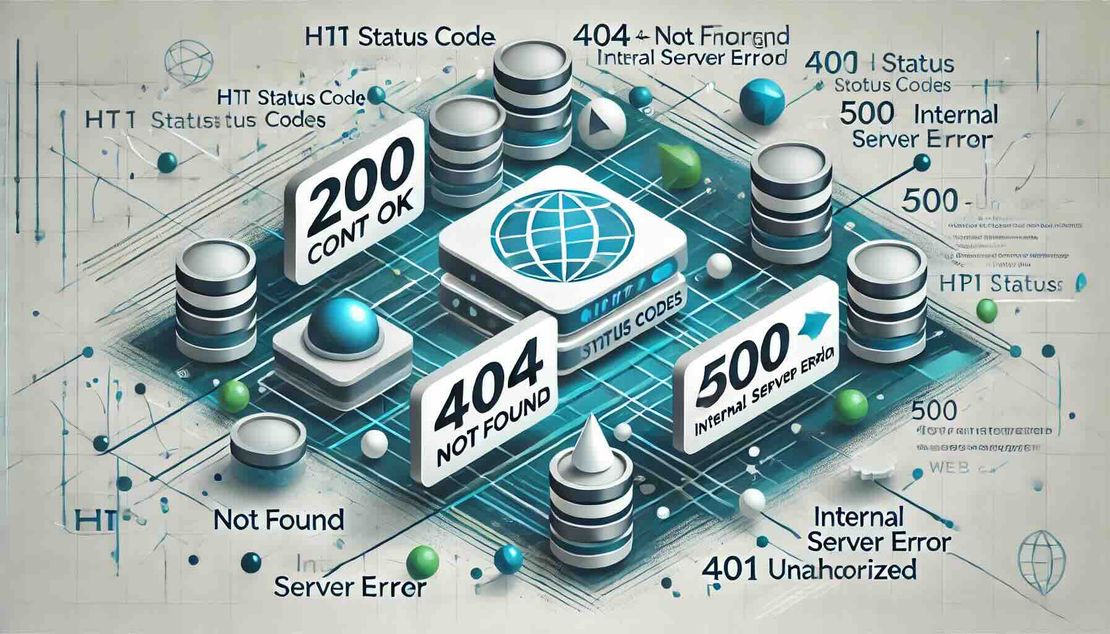
Role of API Gateways in Microservices Architecture
- Vipul Kumar
- Microservices , Rate limiting
- November 8, 2024
Table of Contents
🔗 Centralized Entry Point — API gateways serve as a centralized entry point for all client requests in a microservices architecture, managing and routing these requests to the appropriate microservice.
🔒 Security Management — They enhance security by providing a single point for authentication, authorization, and encryption, ensuring that only legitimate requests reach the microservices.
📊 Load Balancing — API gateways can distribute incoming traffic across multiple instances of a microservice, helping to balance the load and improve system performance.
🛠️ Protocol Translation — They facilitate communication between clients and microservices by translating protocols, such as HTTP to WebSocket, which allows different services to communicate effectively.
📈 Monitoring and Analytics — API gateways provide monitoring and analytics capabilities, offering insights into the performance and usage of microservices, which aids in optimizing the system.
Key Functions
🔄 Request Routing — API gateways route client requests to the appropriate microservice based on the request path, method, and other parameters.
🔍 Service Discovery — They help in discovering available microservices and their endpoints, which is crucial for dynamic environments where services can scale up or down.
🛡️ Security Enforcement — API gateways enforce security policies such as rate limiting, IP whitelisting, and OAuth, protecting microservices from malicious attacks.
📜 Request Transformation — They can modify request headers, paths, and bodies to match the requirements of the target microservice, ensuring compatibility.
📊 Data Aggregation — API gateways can aggregate data from multiple microservices into a single response, reducing the number of calls a client needs to make.
Benefits
🚀 Improved Performance — By offloading common tasks such as authentication and load balancing to the API gateway, microservices can focus on their core functionalities, improving overall performance.
🔒 Enhanced Security — Centralized security management reduces the risk of vulnerabilities and simplifies the implementation of security protocols across all services.
📈 Scalability — API gateways support scalability by managing traffic and distributing it efficiently, allowing microservices to scale independently.
🛠️ Simplified Client Interaction — Clients interact with a single endpoint, the API gateway, which abstracts the complexity of the underlying microservices architecture.
📊 Better Monitoring — Centralized logging and monitoring at the API gateway level provide comprehensive insights into system performance and usage patterns.
Challenges
⚙️ Complexity — Implementing an API gateway adds an additional layer of complexity to the system, requiring careful management and configuration.
⏱️ Latency — The additional hop introduced by the API gateway can increase latency, potentially affecting the performance of time-sensitive applications.
🔄 Single Point of Failure — If not properly managed, the API gateway can become a single point of failure, impacting the availability of the entire system.
💰 Cost — The infrastructure and maintenance costs associated with running an API gateway can be significant, especially for large-scale deployments.
🔧 Configuration Overhead — Managing configurations for multiple microservices through an API gateway can be cumbersome and error-prone.

